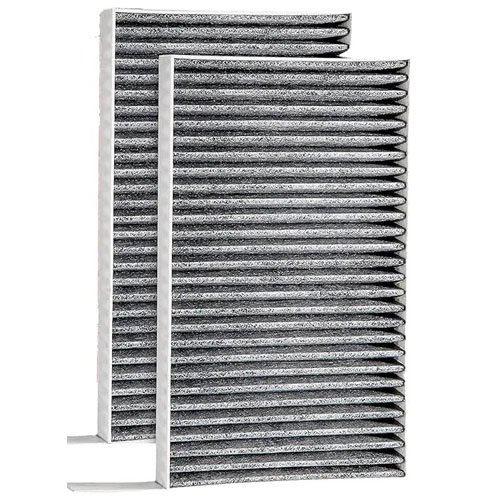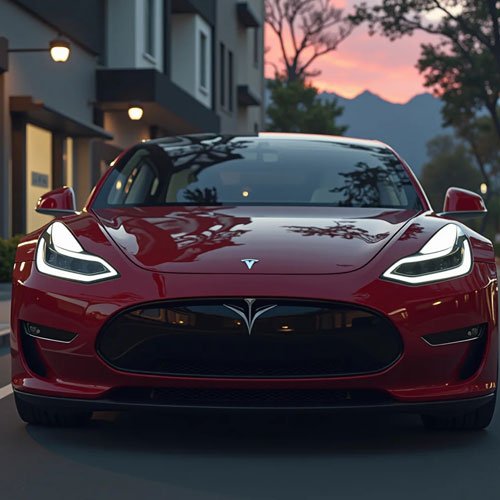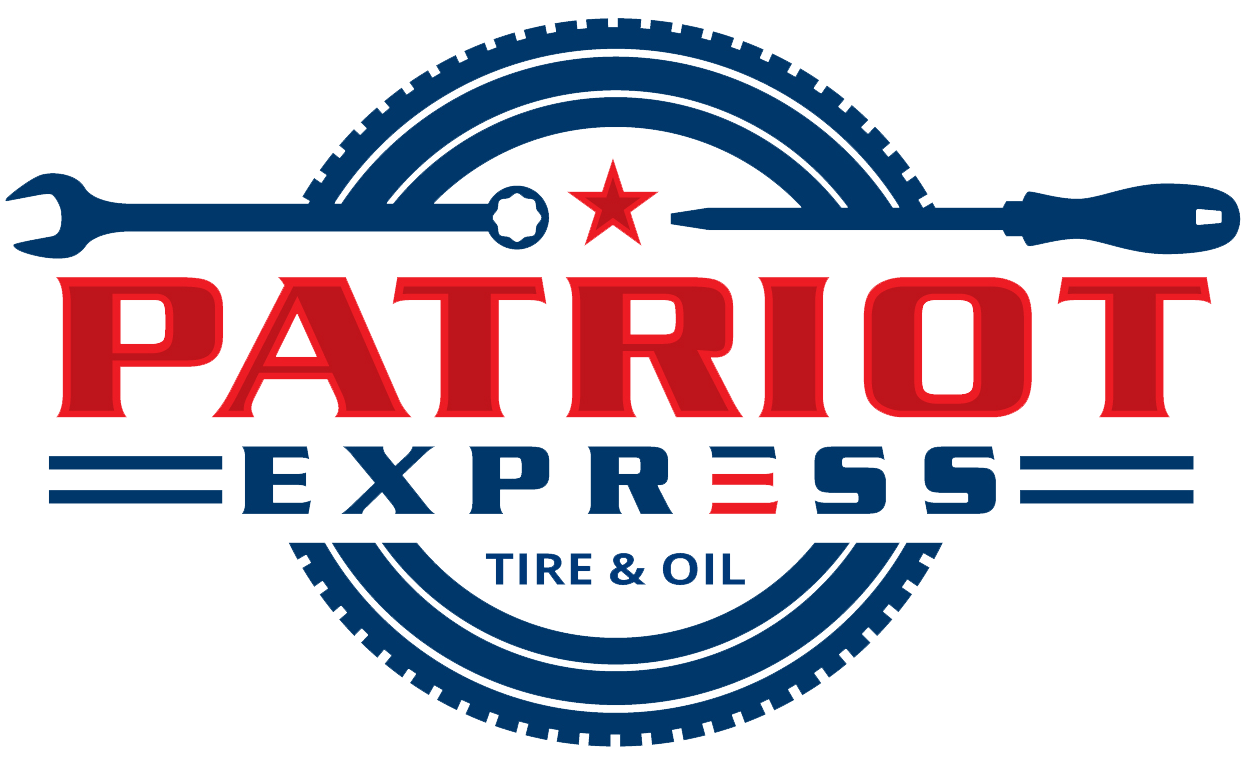Photo Credit: © Tesla, Inc., 2025
Tesla Model S, Model X, & Model Y HEPA and Cabin Air Filter Replacement: What Every DFW Driver Should Know
If you’ve noticed a funky or musty smell in your Tesla Model S Model X, or Model Y—especially when the A/C kicks on—you’re not alone. Cabin air filtration issues are one of the most common concerns we hear from Tesla owners across Plano, Richardson, and the Dallas–Fort Worth area. And while Tesla’s design is cutting-edge, it also creates some unique maintenance needs that many drivers aren’t aware of.
Here’s what makes Tesla’s system different, and what you should know about keeping your cabin air clean and odor-free.
What Makes Tesla’s Cabin Air Filter System Unique?
Tesla’s approach to cabin air filtration goes beyond the standard. While most vehicles have a single cabin air filter, newer Tesla vehicles come equipped with a dual-filtration system—including a HEPA (High-Efficiency Particulate Air) filter.
- The HEPA filter traps 99.97% of particles down to 0.3 microns, including pollen, mold spores, smoke, and even some bacteria and viruses.
- This feature powers Tesla’s “Bioweapon Defense Mode”, a fan-favorite that helps purify in-cabin air when activated.
- In total, your Tesla has 6 filters—2 cabin filters, and 4 filters make up the HEPA.
This design is a game-changer for cabin air quality, especially in a large metro like Dallas–Fort Worth, where pollution and allergens can linger in the atmosphere. But with that performance comes a bit more complexity.
Why Does the Tesla HVAC System Get Musty?
While Tesla’s filtration system is highly effective, the setup has some downsides:
- Tighter airflow design traps more moisture.
- Lack of HVAC self-cleaning cycles allows mildew to build up.
- Warm, humid climates (like here in DFW) speed up microbial growth inside the A/C system.
This often leads to that sour, musty, or dirty-sock smell that many Tesla drivers report—especially when first turning on the A/C or recirculating air.
How Often Should Tesla Filters Be Replaced?
Tesla recommends:
- Every 2 years for cabin air filters, depending on mileage and environment.
- Every 3 years for the Model S, Model X, and Model Y HEPA filters.
- Annually for standard cabin filters on earlier vehicles or those without the HEPA upgrade.
In the Dallas–Fort Worth area, with long summers, urban pollution, and seasonal allergens, we often recommend replacing filters more frequently—especially if you:
- Park outdoors often.
- Have allergy sensitivity.
- Notice reduced airflow or persistent odors.
Is Tesla Cabin Filter Replacement Difficult?
Compared to most vehicles, Tesla cabin air filter replacement is more involved.


For standard cabin filters:
- You must remove trim panels and part of the glovebox.
- The work area is tight, and Tesla uses delicate fasteners that can break easily.
For HEPA filters (typically mounted under the front trunk):
- More disassembly is required, including removing trim, weather seals, and structural panels.
This is not your average filter replacement. Unless you’re a comfortable DIYer, it’s a good idea to let a shop that specializes in Tesla repair and maintenance handle the service.
Keep Your Tesla Air Fresh in Dallas–Fort Worth
If your Tesla smells musty, feels stuffy, or hasn’t had a cabin air filter change in a while, it’s likely time. With DFW’s heavy traffic, hot climate, and urban air quality challenges, filter replacement is a key part of keeping your cabin fresh and your HVAC system performing its best.
At Patriot Express, we’re one of the few independent auto repair shops in the DFW area servicing Teslas. From cabin air filters to mechanical repair, our team is ready to help you stay ahead of common issues—and breathe easier while doing it.

